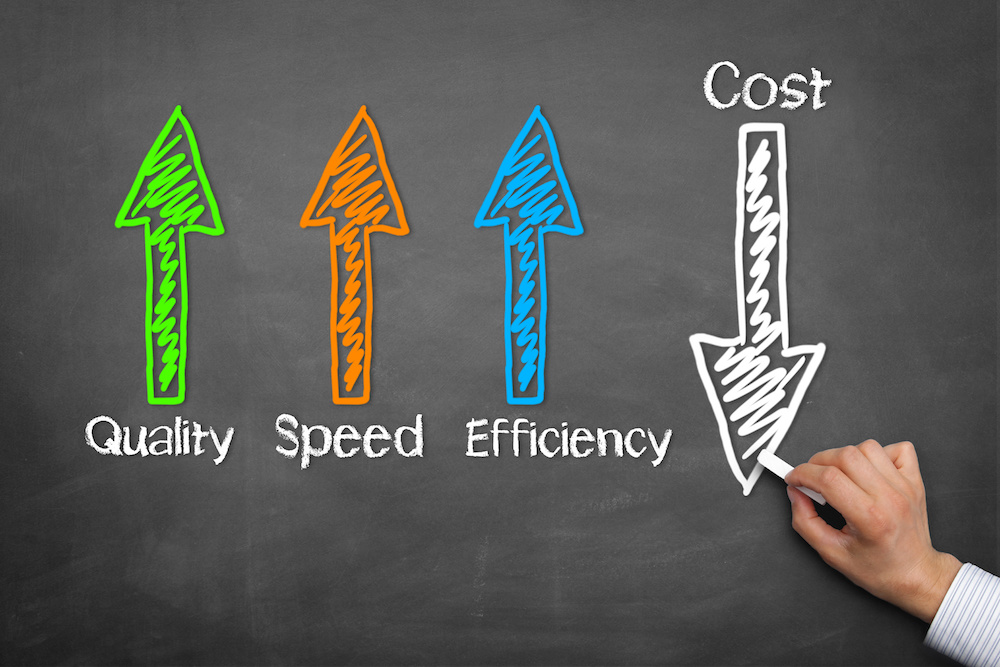Right now there is a lot of buzz around “customer journey analytics” – and you may be thinking “Is this really important to the contact center or is customer journey analytics just the latest marketing fad?” We at BroadSoft have been championing customer journey analytics for years and think this is definitely something you’ll be glad you got in on the ground floor.
First, let’s discuss what is meant by customer journey analytics as it relates to the call center. You can think of it as an evolution of Customer Relationship Management (CRM). You can get all of this customer profile information out of CRM, but we are still in the early days of making the best use of this customer data. When you add in all the additional structured and unstructured data that holds information about customers and their behaviors, few contact centers have yet to make good use of this “big data.” In fact, according to a recent McKinsey study, 43% of companies currently obtain little benefit from their customer data, and 23% get no benefit whatsoever.
The customer journey as it relates to the contact center comes down to all the interactions a customer has with a contact center as they set out to accomplish a goal. For example, say a customer’s goal is to set up an account, and to do that they go to a website, make a phone call, and then exchange emails. All those touch points are important aspects of the customer journey. Where do analytics come in? Whereas reporting tells you what happened, analytics tells you why it happened and informs your decisions on what to do about it. This is where customer journey analytics become important to the contact center.
Customer Journey is Not Just a Marketing Thing
Marketing and Operations are both interested in the customer journey, but have traditionally approached it separately and from different angles. But now that over 40% of customers interact with businesses by using as many as seven different channels – all going through the contact center – it’s vital that the contact center be involved. Since the contact center is ultimately responsible for a good part of any customer journey, it’s time to take customer journey analytics out of the ivory tower of marketing and put it into the heart of where day-to-day customer interactions occur – the contact center. Customer journey analytics become vital to the customer center because it gives you the ability to understand all the data you’ve been collecting.
Customers Interact With Multiple Touch Points
Looking at the customer’s journey is different from looking at events or individual touch points, since different customers can take vastly different routes to accomplish the same task. The traditional approach to improving the customer experience involved fixing the individual touch points. For example, if there were a lot of abandoned calls due to long wait times, add more lines and agents. This worked when customers made one call to accomplish an objective, but now more than half of all customer interactions involve multiple events and multiple channels. Understanding the customer journey creates real value for companies.
Read our last blog where we discussed all the different stages of the customer journey.
Look at Your Business from the Outside In – Not Inside Out
Traditional analytics tools can’t support the kind of analytics integration needed in the contact center with multiple systems. But some contact center and analytics technology has evolved omni-channel customer center solutions to achieve the needed analytical integration. Businesses need this comprehensive view of the data generated and shared across channels for customer journey analytics to work. Now the greatest barrier to success is that most businesses silo their data by function. Customer Service has their data; Support has theirs. But it’s possible that something that happens in Sales creates service or support problems downstream, and those cause customers to leave. Instead of looking at company processes from the inside out, you need to look at the customer’s journey from the outside in.
Look at Customer Engagements
Once you start analyzing the customer journey, you will start to see patterns, such as how many actions it takes a customer to accomplish a goal, which we refer to as engagements, and which path they typically take to do it. You will find that customers prefer voice for some contacts and email for others. You might discover that web chats are an important step in resolving issues, or that multiple people help a customer along the way, not just the person at the end of the interaction. Once you’ve connected all these dots, you’re on your way to discovering what the customer journey actually is, and then you’ll be in a position to make it a happier and more productive journey.
Become a Strategic Asset
Customer journey analytics is only a fad if improving the customer journey is a fad. There is no doubt customer journey analytics will evolve, but even now it is of great importance to the contact center, because it can make the contact center a strategic asset to your business.
Start analyzing your own data and looking at it from the outside in. Find out what is working and what is not – from the customer perspective. You already have all the data in your contact center systems to do this analysis. You don’t need to focus on every single aspect of the journey; just focus on the transactions that cost the most or those that provide loyalty or upselling opportunities. It turns out that the customer engagement journeys are 30-40% predictive of customer satisfaction and churn.
Once you’ve done that analysis, bring that information to your marketing and executive teams and use it to fund new initiatives and improvements. Change processes and programs to improve the customer journey, and you will increase customer acquisition and retention, sales, and deliver more positive customer experiences.
Learn more about the stages that make up customer journey analytics.








